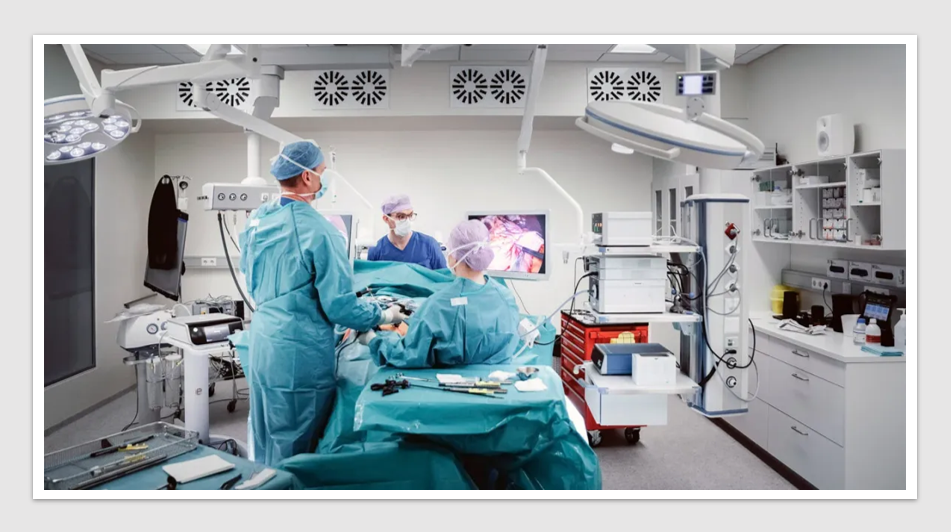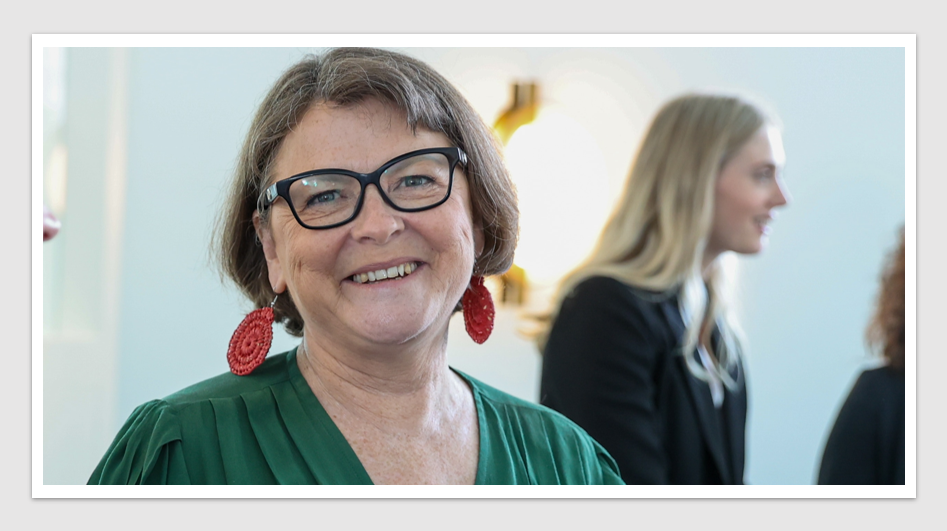Market Research & Insights
The new era of smart medical devices

Explosive population growth. Aging populations. Inadequate access to quality healthcare in the poorest parts of the world. Medical technologies that aren’t getting the job done.
To tackle these challenges, medical-device makers will have to take a whole new approach to innovation. R&D in this space is no longer just about tweaking existing products to make incremental improvements. It’s about creating breakthrough devices that no one could imagine previously. These devices will reinvent how healthcare is delivered and generate unprecedented new value for patients, providers, and payers including:
- lowering healthcare costs
- enhancing quality of care
- personalising care for patients
- making it easy for healthcare consumers as well as physicians, nurses, and technicians to use the devices available to them
- sweetening the odds that devices in development can be handed in for regulatory approval
How will all this happen? Next-generation medical devices will be designed and developed “from the outside in”—with users’ needs and experiences top of mind for R&D teams—not only “from the inside out,” with scientific advancements in product components as the primary focus. This context-driven development hinges on R&D approaches called Design Thinking and Design Doing.
Design Thinking and Design Doing
Design Thinking is a human-centred approach to solving complex, ill-defined problems. Multidisciplinary teams come together to conceive of new products, solutions, and business processes—asking questions like:
- Who’ll use this device?
- What does each different group of users want from it?
- In what respects are different users struggling with devices available now?
- How can we ease those pain points?
Then, through Design Doing, a diverse team comprising designers, software developers, and hardware engineers quickly develops functional prototypes. Team members test “thin slices”—simple elements of the device’s functionality that could be valuable and could potentially be released to production, such as a specific device feature—with real users. Then they draw on users’ feedback to prove or disprove the device’s value, and they iterate as needed to bring the most promising solutions to market.
Result? Faster speed to value. And products that score user centricity and a resounding success in the marketplace—by challenging the status quo and, even better, by creating something entirely new.

Ideate. Plan. Develop.
To get the most from their traditional plus context-driven innovation efforts, medical-device companies will need to embed Design Thinking and Design Doing in their existing R&D processes. That’s not easy. Some tactics tailored to the ideating, planning and development phases of innovation can help.
Ideate
Bring together key stakeholders and experts in “emotional engineering,” “intelligent engineering” and “technology engineering.”
Plan
Allocate R&D funds using a venture-capital mindset funding shorter time periods of a larger portfolio of ideas.
Develop
In addition to traditional “milestones,” define “yardstones” which are frequent, user-focused reviews of individual “thin slices” of a device in development to fine-tune it.
Reference: https://www.accenture.com/
Register FREE to receive the latest news, innovations and insights from Health Industry Hub; the only one-stop-hub connecting Australia’s Pharma, MedTech and Biotech industry professionals and its key stakeholders.
Differentiate your business, build thought leadership and boost network growth by reaching the Australian Pharma, MedTech and Biotech industry professionals. Health Industry Hub offers unique solutions to vendors and suppliers servicing the industry.
News & Trends - MedTech & Diagnostics

Bariatric surgery trumps Novo Nordisk’s Wegovy in cost-effectiveness and durability
MedTech & Diagnostics News: Bariatric surgery emerges as cost-effective, boasting superior and enduring weight loss outcomes over a five-year span […]
MoreNews & Trends - Pharmaceuticals

Aussie digital health company hits new milestone in AstraZeneca partnership
Pharma News: Fewer than 50% of asthma patients adhere to their prescribed preventative medications. An Australian digital health company has […]
MoreDigital & Innovation

Medical drone to reduce health equity gaps in rural and remote Australia
A specialised medical drone which increases accessibility to essential health services such as pathology, medicines, and telehealth services in rural […]
More